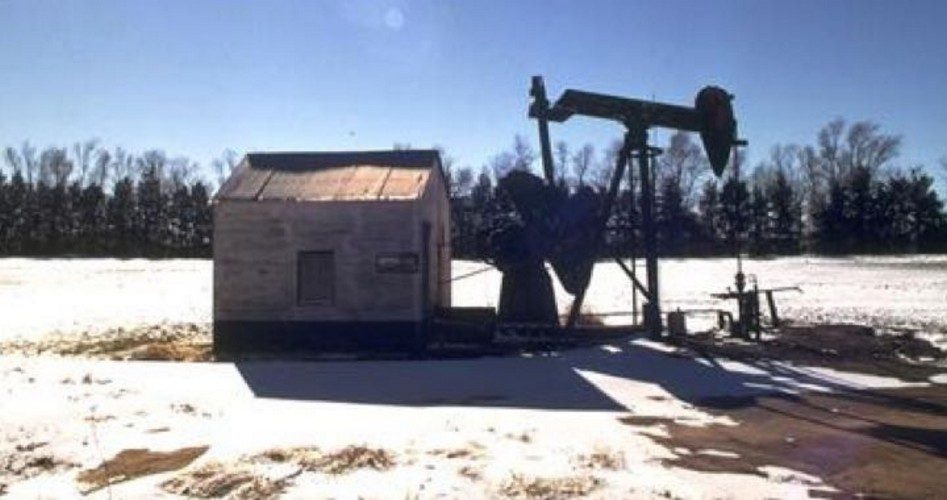
Ed Morse, Citigroup’s head of commodity research, told a Bloomberg television audience last week that OPEC’s position “is not sustainable over a long period. In the end, the markets are going to win, and [the winner] is going to be shale. If we’re in a $40 to $45 world, we’ll have enough drilling to add to the [world’s] surplus.”
Morse is reiterating the mantra sung for years: OPEC has long since run out of options and has all but lost its monopoly influence over world crude oil prices. If it reduces supply, prices go up, making U.S. frackers more profitable and inviting more capital in to expand production. If it increases supply, the lower prices cut further into each member’s cash flow, forcing them to continue to deficit spend without gaining any advantage over the Americans.
The breakeven point for U.S. frackers has been estimated to be between $40 and $50 a barrel. On Friday U.S. crude oil closed at $49 a barrel on the New York Mercantile Exchange (NYMEX).
Now OPEC is faced with another challenge from the American oil industry: Using state-of-the-art fracking technology, oil producers are going back to old wells that have been closed for years either to restart production or to retap them deeper to gain access to oil never touched using old technology. And that’s bringing breakeven points down to $30, $20, and even $10 a barrel.
As the Wall Street Journal pointed out on Sunday, oil companies are applying fracking technology in century-old oil fields with reserves being found and brought to the surface at far less cost. For instance, rehabbing an old well costs less than $1 million, compared to $6 to $8 million for a new one. And since the pipelines and storage facilities are still in place, they can be profitable even if crude oil prices drop to as low as $10 a barrel. Lynn Cook wrote this for the Journal:
White Knight Production LLC, a driller based in Lafayette, La., is re-activating 60-year-old wells in Louisiana and Texas that were turned off in the 1980s….
In California, the company was able to get some old wells that were producing just five to 10 barrels a day up to 100 barrels a day.… White Knight also has drilled new wells in California for $800,000 each, finding many spots that were tapped extensively, but only shallowly, last century, leaving 20 to 30 different layers that can produce crude.
Applying the new technology to old wells brings the total production costs — land leases, lifting costs, and transportation to refineries — to about $15 a barrel, according to White Knight’s CEO Jerry Wenzel. This makes the investment in rehab pay off in less than a year. With oil at $40 and production costs at $20, that’s a 100 percent return on investment. With oil at $50 and production costs at $15, well, do the math.
That’s what Petro River’s president Stephen Brunner is excited about. His company’s goal is to find untapped oil in old oil fields and bring it to the surface, turning that 100 percent profit in less than a year.
This has gotten the attention of California Resources Corporation (CRC), a spinoff from Occidental Petroleum. CRC’s chief financial officer, Mark Smith, says his “company is drilling deeper and using directional drilling to reach bypassed pay dirt.”
Pay dirt, indeed. CRC has 8,800 existing wells on 2.3 million acres, sitting on top of an estimated 700 million barrels of reserves just waiting to be retapped.
This is just one more headache for OPEC to worry about. With the cartel’s compliance with its latest oil production cut agreement continuing to fall, and world crude supplies still far above the five-year average, it is now facing its existential moment: Why would the cartel’s members continue to exsanguinate themselves in a failing effort to push oil prices higher? New U.S. fracking technology coupled with old technology oil wells will hasten the cartel’s inevitable demise. It’s just one more nail in its coffin.
An Ivy League graduate and former investment advisor, Bob is a regular contributor to The New American magazine and blogs frequently at LightFromTheRight.com, primarily on economics and politics. He can be reached at [email protected].
Related articles:



